
How India is public shaming people into using toilets
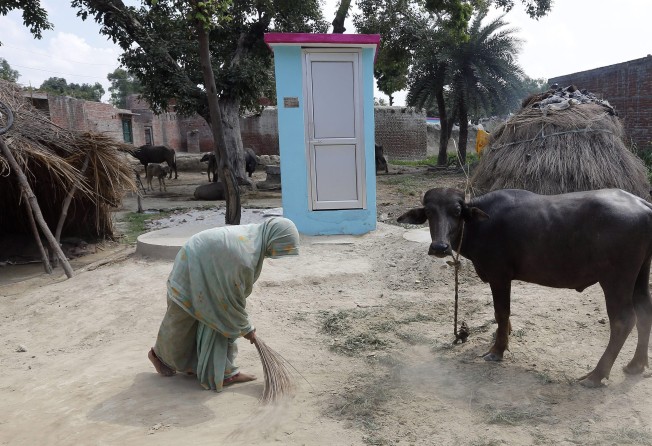
The patrols started at dawn and the villagers scattered, abandoning their pails of water to avoid humiliation and fines.
Every morning in this district in rural India, teams of government employees and volunteer “motivators” roam villages to publicly shame those who relieve themselves in the open. The “good-morning squads” are part of what one official called “the largest behavioural-change programme anywhere in the world”.
This is Prime Minister Narendra Modi’s flagship Clean India initiative in mission mode.

By October 2019, Modi has vowed, every Indian will have access to a toilet, and the country will be free of the scourge of open defecation. Since Modi came to power, more than 52 million toilets have been installed. But the trick, sanitation experts say, is getting people to use them.
To win favour with the ruling party’s top brass, government officials have set to work, trying to outpace one another with toilet-building races and eye-catching information campaigns. Many are resorting to controversial public shaming tactics.
“This is harassment,” said one villager, Ranjit Gonjare. “The person becomes the laughingstock of the village.”
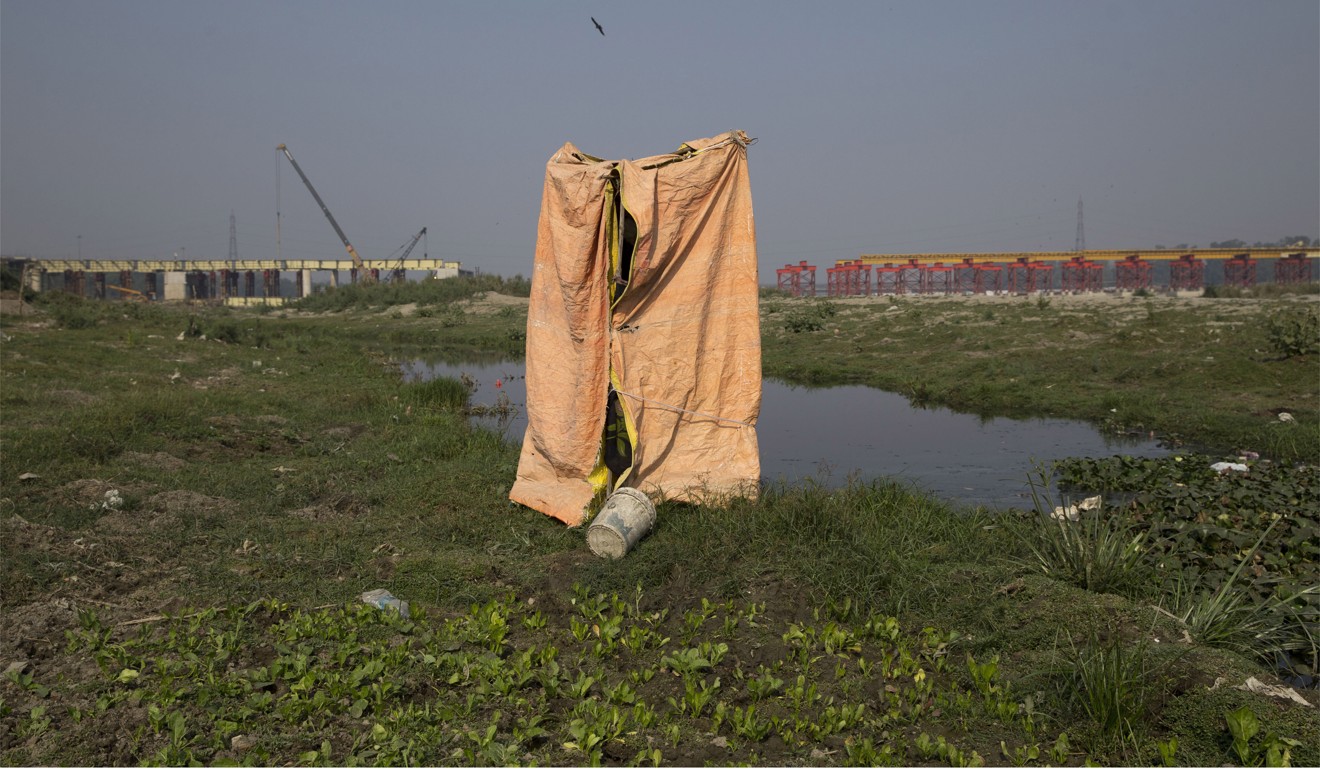
India’s sanitation crisis is an urgent priority: 53 per cent of households had no toilet in 2011, the latest census figures show. Human faeces litter public spaces, spreading diseases that contribute to hundreds of thousands of deaths every year.
People wait all day to defecate in darkness, which has health and safety implications.
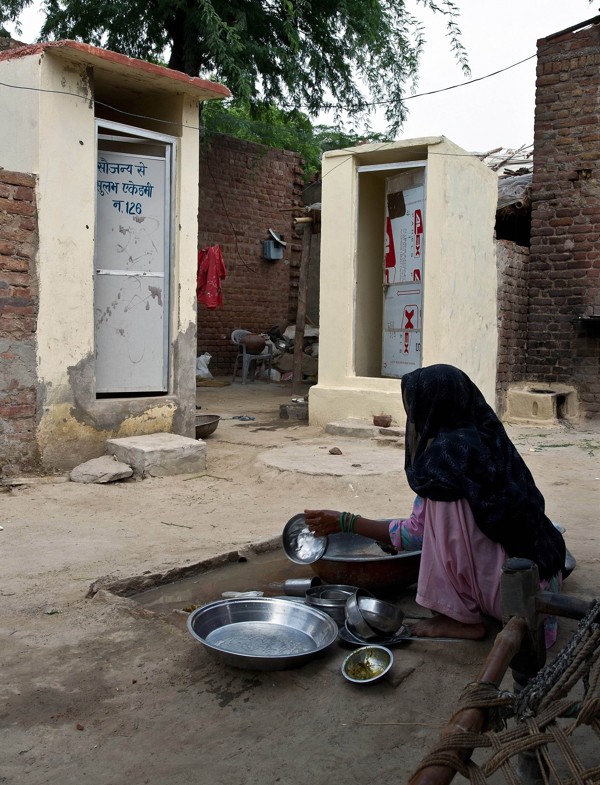
Children, especially menstruating girls, skip school because of a lack of toilets. One report pegged the economic cost of India’s sanitation problem at US$106.5 billion in 2015 – 5.2 per cent of the country’s gross domestic product.
Santram Gonjare felt the sting of humiliation one recent morning, when a squad flagged him down as he was walking along a highway.
They knew what the 55-year-old was about to do because he was holding a pail of water that he would use to wash himself after defecating. They knocked the pail out of his hand and crushed it under their feet. Then they offered him a flower, a sign of goodwill, and told him to use a toilet in the future.
Gonjare hung his head as he walked home. He went out to defecate, he said, because his nine-person household has only one toilet, and he could not bear to wait his turn.
“How can that feel OK?” he said of his experience with the squad. “I felt worthless. It’s not the right way to treat old people.”
Such encounters are routine in Beed, where people without toilets risk having their welfare benefits taken away and can be barred from running for public office.
Elsewhere, officials use methods that verge on coercion – or worse. In one recent case, a man was publicly lynched after he tried to stop authorities from photographing women who were defecating in the open. A news channel urged viewers to send in images and names of those who defecate in the open so they could be shamed on national television.
“This work has to be done,” said Dhanraj Nila, chief executive of Beed district, who regularly goes out on morning patrols. He said the squads’ shaming methods were necessary to “motivate” people to use toilets. “People keep saying Beed is a backward district. We don’t want to be left behind.”
Modi’s Clean India mission has drawn international support. After a recent visit to India, Bill Gates extolled the mission’s “impressive” speed. USAID pledged US$2 million annually and introduced ranking systems to trigger “competition between cities”. The World Bank offered a US$1.5 billion loan to help speed the sanitation programmes. UNICEF is providing training and education tools, although a spokesman distanced the organisation from the Indian government’s “name and shame” programmes.
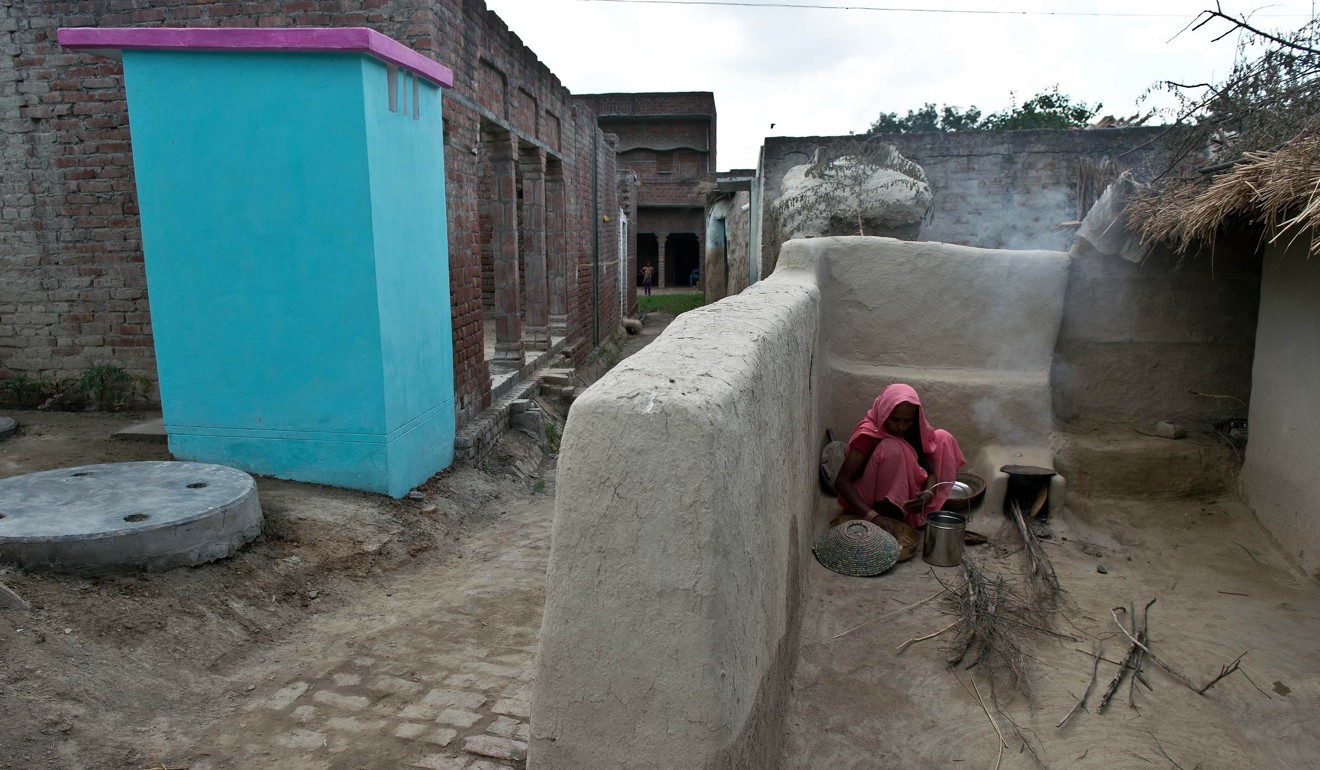
Some argue Modi is overly optimistic about the pace of change.
“No country anywhere in the world has come anywhere close to eliminating open defecation that fast,” said economist Dean Spears, a sanitation expert, referring to the 2019 target. “There’s no reason to think this is going to be an exception. It’s very easy to say that it is a behavioural-change programme. But when 500 to 600 million people defecate in the open, you need an awful lot of people on the ground to change that.”
India is vast and difficult to govern; in outlying regions such as Beed, where central control is weak and corruption levels high, shame and honour are the mechanisms through which communities police themselves. Many villagers in Beed praised the government’s methods, showing off areas that were once open-air toilets and are now children’s playgrounds.
Many said the squads are doing a service.
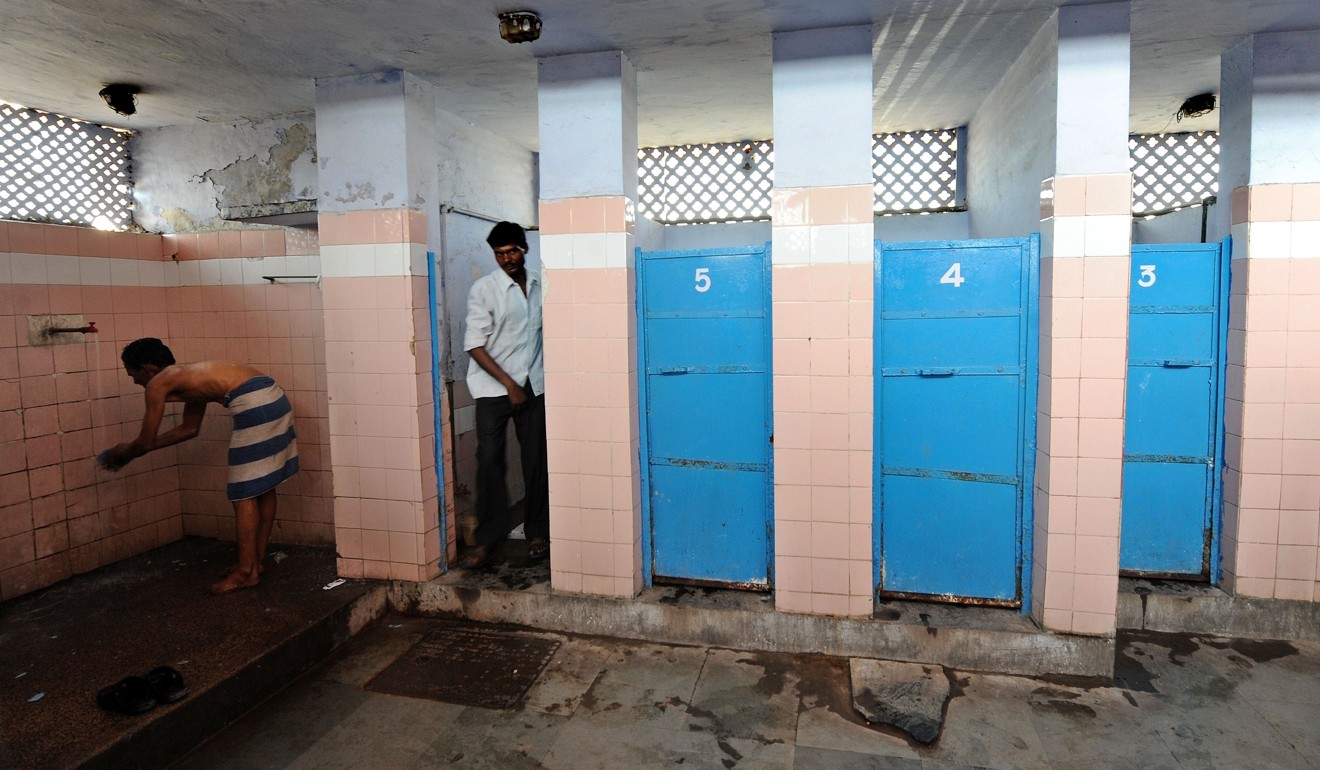
“This is the only way. People have stopped [defecating] outdoors because of fear,” said Meera Bandu Bhise, one of Gonjare’s neighbours.
Satish Umrikar, who oversees sanitation activities in the state of Maharashtra, where Beed is located, said the mission’s ambitious targets are crucial to its success.
This is the only way. People have stopped ... because of fear
An estimated 91 per cent of people in rural areas in Maharashtra now have access to toilets, double the number in 2014, with 1.9 million installed in the past financial year.
Despite rapid economic growth, India lags behind in sanitation, partly because people don’t want to do the undignified work of cleaning latrine pits, labour traditionally reserved for lower castes. To change attitudes, squads use several techniques including door-to-door visits and sanitation workshops.
The village of Lolad is considered free of open defecation. People described how, at first, older residents refused to use toilets.
“Little children used to chase people blowing whistles,” one villager said. “If we saw anyone with a pail of water, we’d send our own children after them.”
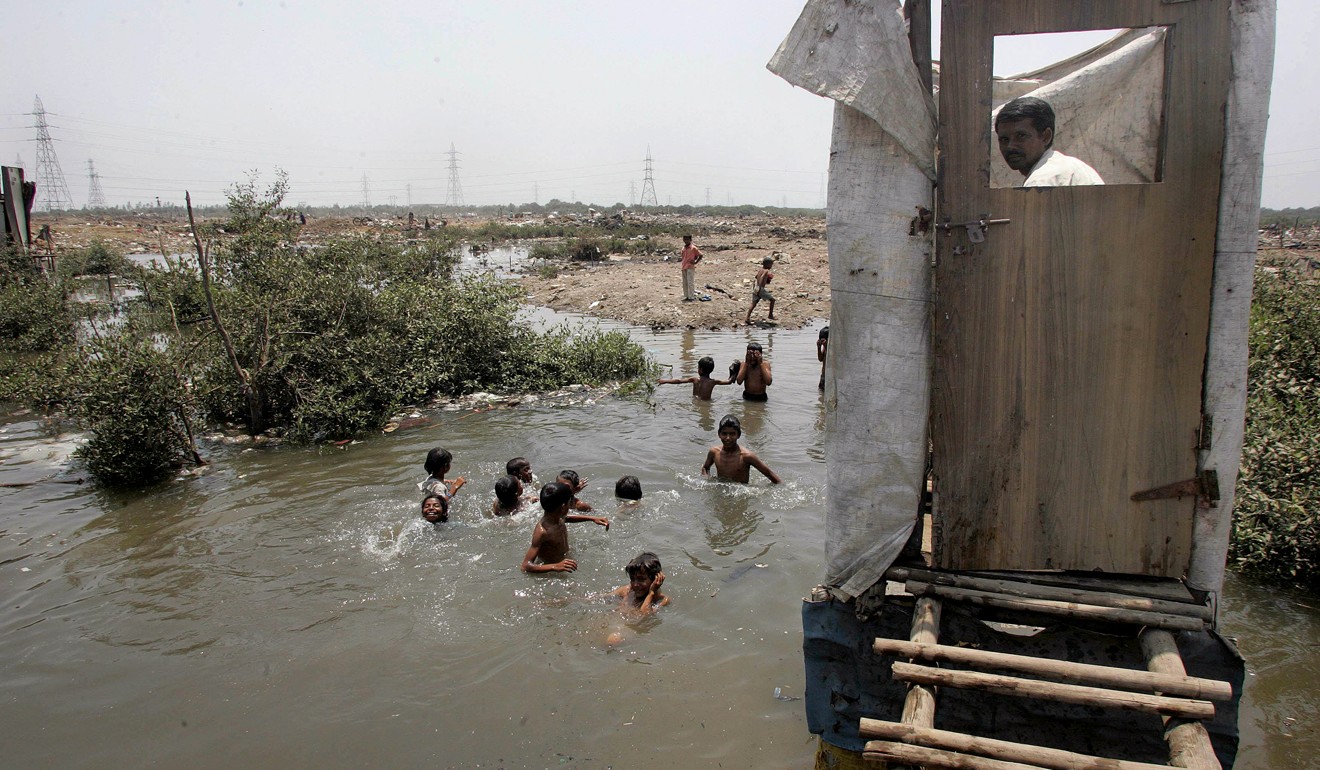
Beed’s geography makes it a particularly difficult region in which to change habits. In the summers, particularly in years of drought, the land becomes parched, and lines to collect water from communal pumps stretch for hours. Villagers buy water from local authorities for drinking and bathing. To them, clean toilets are a luxury. Many villagers who have toilets at home said they go outdoors to save water.
“The government should concentrate on providing necessary services,” said Vandana Prasad, a public health activist. “In many villages there is no regular water supply, no sewage system. This government has an attitude of clamping down. It’s a bit more stick than carrot.”
Squad members described their work as “gandhigiri”, referring to Mohandas Gandhi’s nonviolent method of tackling problems. Maharashtra official Umrikar said the public shaming tactics are only one part of a wider government effort to change habits. “This is required in initial phases,” he said of the squads. “Once there is understanding, we will phase it out.”